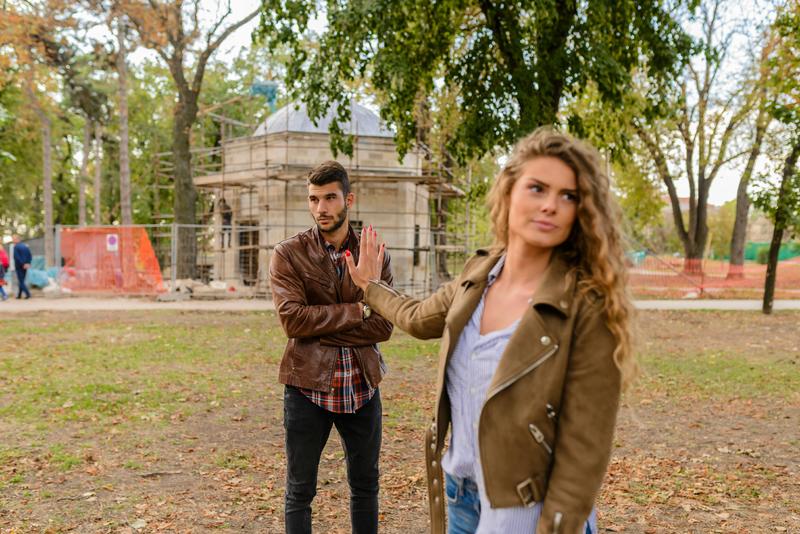Too Independent for Love?
Have you ever been in a situation where someone tells you, “I just don’t feel like you care,” and your first thought is—But I do care. I just don’t show it the way you want me to.
Or maybe you’ve had a relationship where things were fine—until the other person started wanting more. More time, more closeness, more of you. And suddenly, what felt good now feels suffocating. So you pull back. You create space. And in the end, they leave.
And for a while, you feel relief. Until it happens again. Different person, same pattern. And you start wondering—why does this keep happening? Is there something wrong with me?
Why You Keep Pushing People Away (Even When You Don’t Mean To)
Most people assume that when someone avoids intimacy, it’s because they don’t want connection. But that’s not actually true. You do want connection. You just don’t trust it.
Because, deep down, closeness has always come with a cost. Maybe growing up, being “open” meant being criticized, controlled, or obligated to take care of someone else’s emotions. So you learned to rely on yourself. To be self-sufficient. To handle things alone.
And now, when someone gets too close, your nervous system registers it as a threat. Not consciously—but in the background, your mind starts rationalizing:
- I need space.
- They’re being too needy.
- I shouldn’t have to reassure them all the time.
- I just don’t think I’m meant for relationships.
It all makes sense. And in the moment, these thoughts feel like logic. But they’re not. They’re protection. And that’s why the cycle keeps repeating.
I had a client once who told me, “I just don’t think I’m capable of deep love.” But after working through this, he realized that it wasn’t love he avoided—it was the vulnerability love requires.
How This Hurts You (More Than You Think)
Now, maybe you’re thinking—Okay, sure, I keep people at a distance. But I’m fine on my own.
And that’s true—to an extent. You’ve built a life where you don’t need people. But here’s the thing: Not needing people isn’t the same as not wanting them.
Because while keeping walls up may protect you from disappointment, it also keeps you from experiencing something deeper—real support, being understood without having to explain yourself, a connection that feels effortless because you can finally exhale around someone.
Over time, this pattern doesn’t just affect your relationships—it shapes your entire experience of life. It keeps you in your head, always analyzing, always maintaining control. It keeps you at a distance—not just from others, but from yourself.
What You Can Do About It
Now, this is the part where most advice would say, “Just communicate more!” or “Learn to be vulnerable!” But if it were that simple, you would’ve done it already.
This isn’t about forcing yourself to act more open. It’s about retraining the way you relate to connection internally.
And that starts with noticing.
The next time you feel the urge to pull away—pause. Instead of assuming the problem is the other person, ask yourself: What does closeness feel like in my body right now?
Is it tension? A feeling of being cornered? Or maybe a quiet sense of dread, like something is about to go wrong?
That physical response? That’s your nervous system reacting before your mind even catches up. And when you see it for what it is—not a truth, but a learned response—you can start shifting it.
The Next Step (If You Want to Go Deeper)
This is exactly the kind of thing we train in the Inner Foundation Series. Through this process, you’ll develop the ability to recognize these automatic reactions and shift them—not by fighting yourself, but by retraining how your emotions, thoughts, and nervous system respond to connection.
One of the biggest things we work on is learning to distinguish real intuition from emotional conditioning. Because when you can tell the difference, you stop masking fear for logic. And that changes everything.
If this resonated with you, check out some of the free resources I have. You can find me on Instagram @mikewangcoaching, or sign up for my weekly newsletter, where I share insights like this—practical, real-world ways to break patterns and start creating the relationships and life you actually want.

